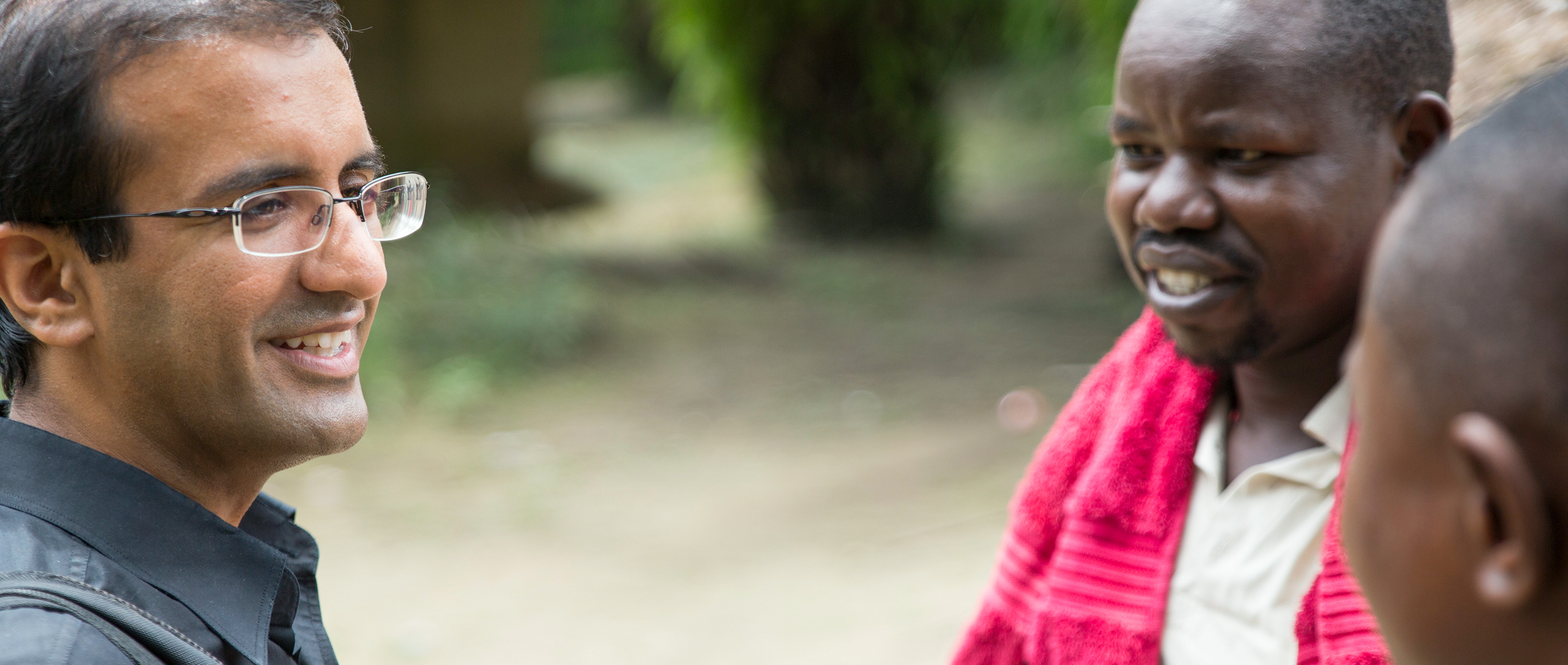Role Models for Change

During West Africa’s devastating Ebola epidemic in 2014, the Liberian Ministry of Health and Last Mile Health—an organization that delivers primary health care to some of the most remote corners of the country – collaborated with other partners to create a unified national policy to extend health services to remote Liberians. Together, they established Liberia’s Community Health Assistant Program, a network of trained community health workers and nurses who provide medical services in rural, remote communities. Now, Last Mile Health is working with the Ministry of Health and a coalition of other NGOs to ensure the national program achieves full coverage of all 1.2 million rural Liberians by recruiting, training, and deploying 5,000 frontline health workers.
I recently sat down with Raj Panjabi, co-founder and CEO of Last Mile Health, to talk about healthcare inequity, lasting systems change, and how he found his way into medicine.
Let’s step back though for some context and have a look at health disparities in Sub-Saharan Africa—where some 400 million people lack access to healthcare—to get a better sense of the scope of the problem. As the data visualization below illustrates, the region has consistently lagged the rest of the world in life expectancy—in some cases by more than 30 years.
Under five mortality in the region ranges 5-20 percent, well above the rest of the world.
These disparities in health outcomes emerge from several root causes and are especially acute in rural areas where infrastructure is weak, poverty is high, health literacy is low, and political power is harder to amass. Regions with the highest disease burden have the lowest density of health workers—there’s currently a health worker shortage of seven million nurses and doctors in rural areas of Africa. The dream of universal health coverage will only become possible once these barriers are overcome and functioning, equitable health systems are in place.
There’s a growing consensus that these systems must include an army of community health workers that are accredited, trained, and paid—in short, professionalized. The WHO estimates that community health worker programs could prevent an additional 2 million deaths annually. In Ethiopia, a successful community health worker program was shown to help decrease child and maternal mortality by 75 percent. This is why the African Union is calling for 2 million community health workers by 2020.
These numbers are striking, and the momentum is building. Knowing that promising best practices in community health programs are difficult to scale, the Community Health Impact Coalition aims to incorporate the lessons of high impact, localized programs into national scale-ups. At the same time, Co-Impact announced its first round of grants, including $25 million to complete the scale-up of the Liberian Community Health Assistance Program. Beyond Liberia, Last Mile Health is undertaking an ambitious joint venture with Living Goods to train, equip and deploy 45,000 additional community health workers in five other African countries. This ambitious partnership is supported by the Audacious Project, housed at TED, and supported by Skoll Foundation and others. By investing in these exemplary global health social entrepreneurs and their innovations, we and our funder partners hope to enable strong national community health networks that reduce under-5 and maternal mortality and build the case for large and sustained investment in community health systems.
Listen to the first in our Role Models for Change series, a conversation with Safeena Hussain of Educate Girls.
Notifications